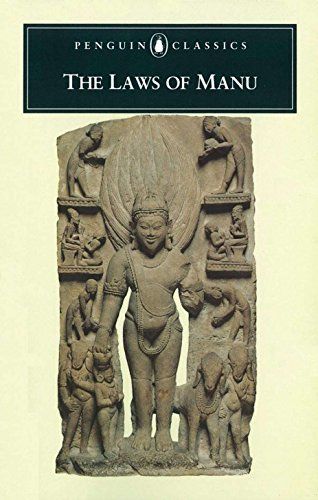
The Laws of Manu
The Several Brahmin Hands Who Wrote The Laws Of Manu Drew On Jurisprudence, Philosophy And Religion To Create An Extraordinary, Encyclopaedic Model Of How Life Should Be Lived, In Public And In Private, By Untouchables As Well As By Priests And Kings, By Women As Well As By Men. The Sanskrit Text Was First Translated Into English In 1794, And Translations Into Other European Languages Swiftly Followed. For Nietzsche The Humane Wisdom Of Manu Far Surpassed That Of The New Testament; For The British Raj It Seemed To Be The Perfect Tool With Which To Rule The Hindu. No Understanding Of Modern India Is Possible Without It, And In The Richness Of Its Ideas, Its Aphoristic Profundity And Its Relevance To Universal Human Dilemmas, Manu Stands Beside The Great Epics, The MahÃBhÃRata And The RÃMÃYana. Many Commentators Find Manu Contradictory And Ambiguous; Others Perceive A Clear Thematic Integrity; And The Argument Is Renewed By Wendy Doniger And Brian K. Smith In Their Illuminating Introduction. Wendy Doniger Provides A Landmark Translation, The First Authoritative English Rendering This Century. It Is Also The First To Set The Unadulterated Text In Narrative Form, Making It Accessible And Enjoyable Both To Specialist Scholars And To A Wider Audience. &Nbsp;